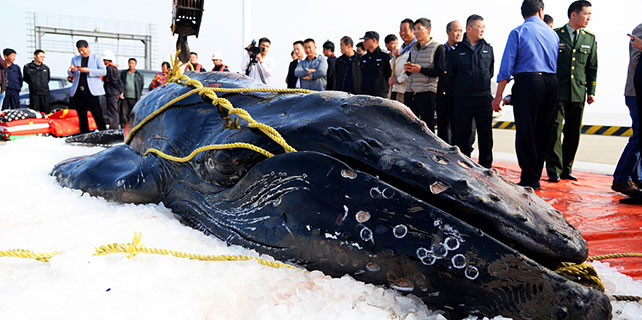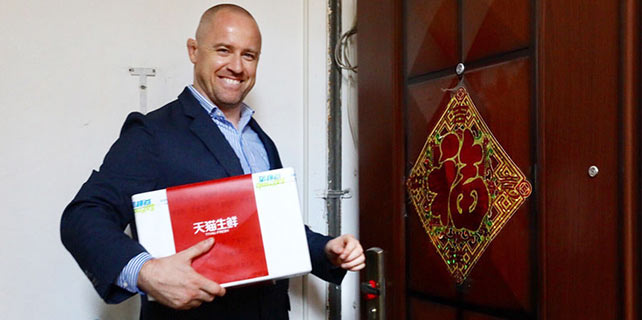New era diplomacy to strengthen ties with CEE countries
Building resilience in the 16+1 context

Aleksandar Mitic
With three Central and Eastern European countries (Poland, Serbia and Hungary) raising their cooperation with China to a comprehensive strategic level, the successful hosting of the Belt and Road Forum for International Cooperation in Beijing in May, and successful Chinese investments in strategic points linking the Silk Road Economic Belt and the 21st Century Maritime Silk Road (COSCO at Piraeus Port, HBIS at Smederevo steel mill-an intersection of pan-European corridors VII and X), contending strategic remarks from Belt and Road Initiative skeptics came as no surprise.
While such remarks should be worrying for Belt and Road Initiative communicators, their intensity is also a proof of rising legitimacy of the initiative, particularly in CEE. It is a clear indication of future challenges and hurdles, but also a signal for strengthening the initiative's resilience, especially in the strategic communication framework.
Serbia is specific-it is militarily neutral and not a European Union member. In May, Serbia established the "National Council for Cooperation with Russia and China", a channeling and coordinating body for cooperation which allows higher transparency, better coordination between ministries, and faster contact with the administration.
Yet the success of Belgrade-Beijing cooperation lies in closing of the "say-do" gap. It has moved from sketches to implementation. Beyond well-known cases such as the building of the Pupin Bridge in Belgrade, other positive developments include the HBIS-run Smederevo steel mill plant on the Danube becoming Serbia's largest exporter in July.
The China Communication Construction Company is moving ahead with plans to build the second part of the Belgrade-Adriatic highway, with the first progressing on schedule. Work on the Serbian part of the high-speed railway to Budapest is set to start. And the Belt and Road's north-south and east-west connections in Serbia are increasingly visible.
There is no doubt that the European Commission will closely scrutinize Belt and Road-related projects. And yet another factor will put the strength and motivation of the 16+1 (16 CEE countries plus China) mechanism to test. Will EU members in the CEE support the Belt and Road Initiative strongly enough in the face of potential challenges, legal hurdles in particular, created by the EU? How resilient will be the CEE countries that are also EU members against the pressures exerted by Brussels and, possibly, Washington?
Official rhetorical support for the Belt and Road Initiative is important. But without political will, administrative capacity and foreign policy flexibility, it will have difficulties in meeting the objectives. And precisely these three factors will distinguish the "leaders" from the "laggards", and contribute to a "multiple-speed" 16+1 mechanism.
The author is president of the Center for Strategic Alternatives (Serbia), a founding member of the China-CEEC High-Level Academic Platform.




















